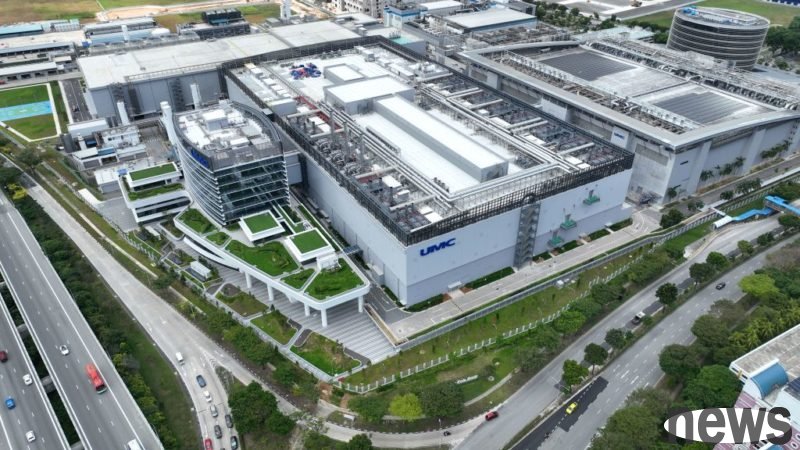
UMC, a major wafer foundry, announced its financial report for October 2025. The consolidated revenue was NT$21.295 billion, a new high in a year, 0.36% less than the same period in 2024, and roughly the same. Cumulatively, revenue in the first 10 months was 197.039 billion yuan, an increase of 1.94% compared with the same period in 2024.
According to the last quarter’s conference, UMC expects that wafer shipments in the fourth quarter will be the same as in the third quarter, while the average selling price in US dollars will maintain the previous situation, the gross profit margin will reach 20%, and the capacity utilization rate will fall below 70%. Capital expenditures for the full year of 2025 will remain at US$1.8 billion, and shipments for the full year of 2025 will grow at low double digits (low teens).
UMC’s third-quarter consolidated revenue was NT$59.13 billion, an increase of 0.6% from NT$58.76 billion in the previous quarter. Compared with the same period, consolidated revenue for this quarter decreased by 2.2%. In the third quarter of 2025, the gross profit margin reached 29.8%, the net profit attributable to the parent company was NT$14.98 billion, and the EPS of ordinary shares was NT$1.20. UMC also predicts that more than 50 product designs will be finalized (tape-outs) in 2025, and the revenue contribution of 22nm is expected to continue to increase in 2026.
However, it was previously reported in the market that UMC has issued a notification letter requiring the supply chain to propose a specific and enforceable price reduction plan within one month, and the reduction must be higher than 15%. Large-scale cost optimization will take effect from January 1, 2026, and the overall adjustment plan covers the entire year of 2026.
UMC has launched large-scale cost control this time. Market participants believe that it is closely related to its rising cost pressure and gross profit margin pressure. Because demand growth in markets including smartphones, home appliances, and automotive electronics is currently slowing down, and inventories continue to be destocked without significant replenishment actions, warning signs have emerged about structural changes in mature manufacturing processes. In addition, rivals including China's SMIC and Huahong, Taiwan's Power Semiconductor Manufacturing Co., Ltd., and World Advanced Manufacturing have continued to expand production capacity for mature processes such as 28 to 90 nanometers, adding to the oversupply problem. This has forced UMC to require suppliers to reduce prices across the board to further control costs.
